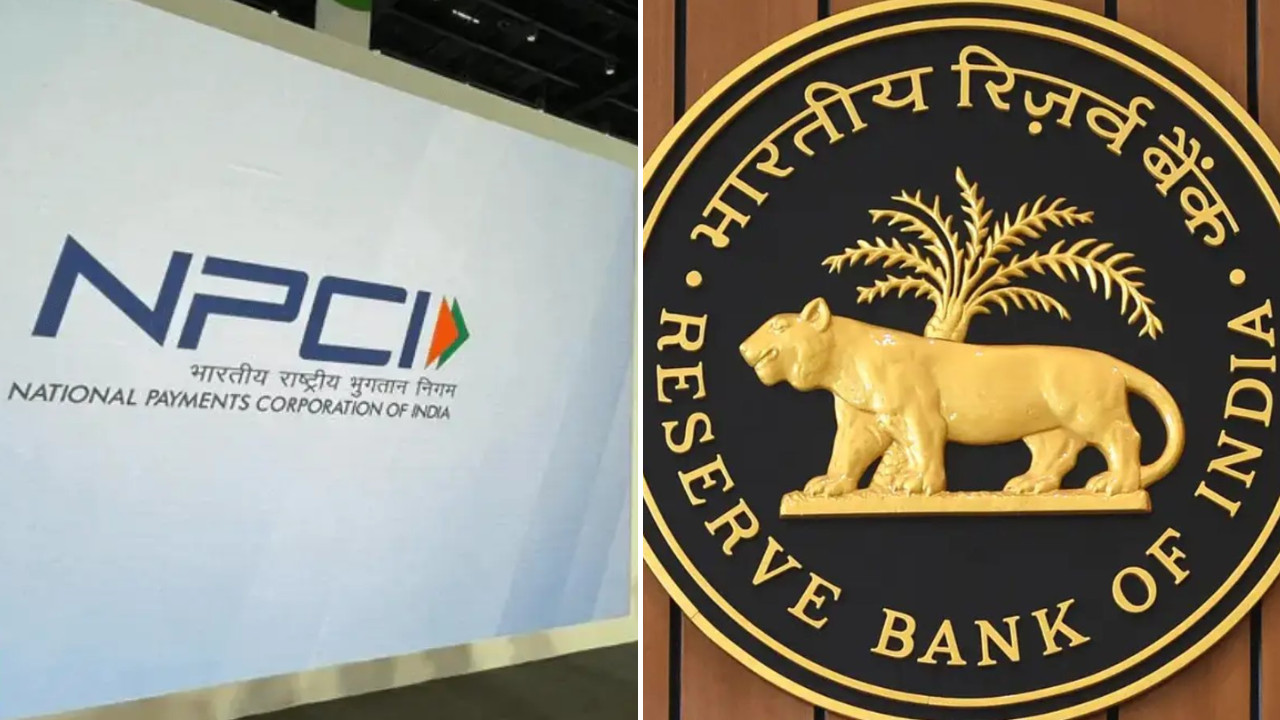Prada’s controversial sandal design, strikingly similar to traditional Kolhapuri chappals, has ignited a surge in sales and interest for the Indian footwear. The uproar, fueled by nationalist sentiment and social media buzz, prompted Prada to acknowledge the inspiration and consider collaboration with local artisans. Indian brands are seizing the opportunity, hoping to elevate Kolhapuri craftsmanship to global recognition.
Kolhapuris: From Humble Origins to High Fashion Buzz
Imagine a sandal, crafted with generations of skill, born from the dusty earth of Western India, suddenly thrust into the glittering spotlight of the global fashion stage. That’s precisely the story of the Kolhapuri chappal, a traditional Indian leather sandal that recently experienced an unexpected surge in popularity, all thanks to a rather curious incident involving the iconic fashion house, Prada.
For centuries, these sturdy, hand-stitched sandals have been a staple for farmers, laborers, and everyday folk across Maharashtra and Karnataka. Each pair tells a story, not just of utility and comfort, but of a rich artisanal heritage passed down through families. The process is painstaking: tanning the leather naturally, meticulously cutting and shaping the straps, and finally, hand-stitching the entire sandal with incredible precision. These aren’t mass-produced items; they are individual works of art reflecting the skill and dedication of the artisans who create them.
So, what does Prada have to do with it all? Well, the luxury brand unveiled a sandal in its collection that bore a striking resemblance to the Kolhapuri chappal. The similarities were undeniable, sparking a wave of online chatter and debate. Was it inspiration? Cultural appropriation? The conversation ignited quickly, drawing attention to the Kolhapuri’s unique history and craftsmanship.

The interesting twist is that, rather than harming the artisans who have been crafting these sandals for generations, the Prada “Kolhapuri scandal” actually boosted their sales. The controversy shone a spotlight on the authentic Kolhapuri, leading consumers to seek out the real deal. Suddenly, these traditionally humble sandals were in high demand, not just in India, but across the globe.
Think about it: the very qualities that made the Kolhapuri chappal a practical choice for rural life – its durability, comfort, and earthy aesthetic – now resonate with a modern audience seeking authenticity and sustainable fashion choices. In a world saturated with fast fashion, the Kolhapuri offers a connection to tradition, a piece of cultural heritage that’s both stylish and ethically sound.
The artisans themselves are cautiously optimistic. While the increased demand presents opportunities for growth and economic empowerment, it also raises concerns about maintaining the integrity of the craft. Can the traditional methods of production keep up with the growing demand? How can the artisans ensure that they receive fair prices and recognition for their skills? These are crucial questions as the Kolhapuri steps onto the world stage.
The surge in popularity also brings to light the importance of protecting traditional crafts and intellectual property. How can we ensure that artisans are credited and compensated when their designs inspire high-fashion brands? This incident serves as a reminder of the complex relationship between tradition, innovation, and cultural sensitivity in the fashion industry.
Beyond the immediate sales boost, the Prada controversy has done something even more significant: it has sparked a broader conversation about the value of handcrafted goods, the importance of cultural preservation, and the ethical responsibilities of the fashion industry. It has reminded us that true style isn’t just about wearing the latest trends; it’s about connecting with the stories behind the clothes and accessories we choose. The Kolhapuri has always been more than just a sandal; it’s a symbol of Indian heritage, resilience, and craftsmanship.
And speaking of authentic Indian craftsmanship, you might also be interested in learning about the exquisite embroidery work coming out of Lucknow.
The Kolhapuri story is far from over. It will be interesting to watch how this unexpected surge in popularity shapes the future of this ancient craft. What’s certain is that the Kolhapuri chappal, once a humble symbol of rural India, has captured the attention of the world, proving that true style is timeless and authentic. This incident underscores the power of ethical consumerism and the importance of celebrating and supporting traditional artisans. By choosing authentic, handcrafted goods, we can help preserve cultural heritage and empower communities around the world.







